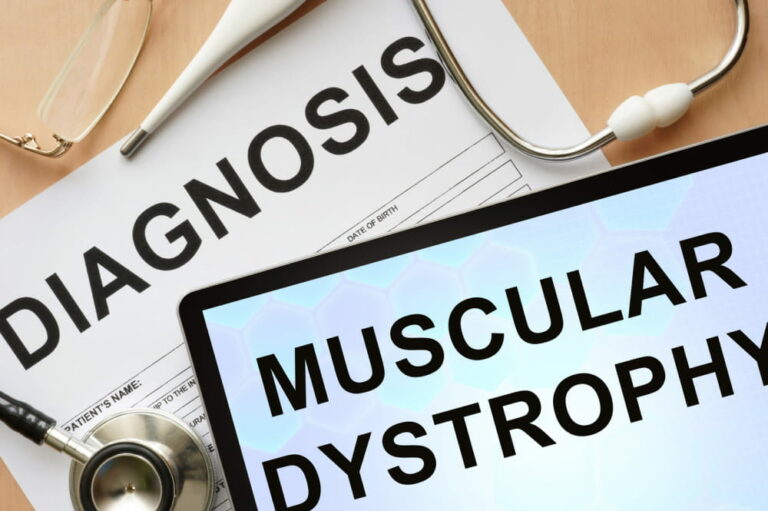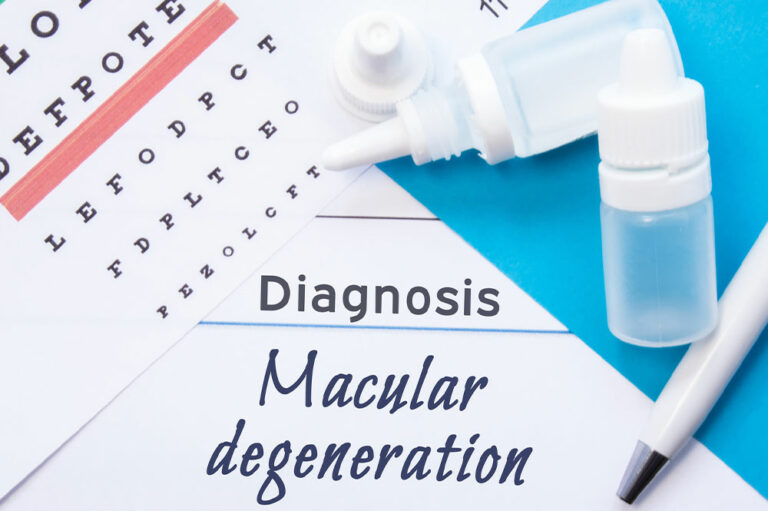
9 common types of muscular dystrophy and their symptoms
Muscular dystrophy causes the loss of muscle mass. Over time, the muscles lose their strength. Muscular dystrophy generally refers to a group of over 30 genetic conditions. Abnormal gene mutations cause these debilitating conditions. The mutations interfere with the normal production of proteins. As a result, there is a disruption in the generation and regeneration of healthy muscle mass. Each of these conditions has its own set of symptoms. Here are some common signs to watch out for based on the type of muscular dystrophy: 1. Duchenne-type muscular dystrophy This is one of the most common types of muscular dystrophy. It is mostly observed among children assigned male at birth (AMAB). However, those assigned female at birth (AFAB) may also be at risk. Most of these symptoms appear during childhood. Finding it difficult to get up from a sitting or lying position Showing signs of delayed growth Falling frequently Experiencing difficulty jumping or running Walking on the toes Waddling gait Experiencing muscular stiffness and pain Having enlarged calf muscles Becker muscular dystrophy This is another common type of muscular dystrophy. Most of the signs of this condition are nearly identical to those of Duchenne muscular dystrophy. But the severity of the symptoms is milder.
Read More 











